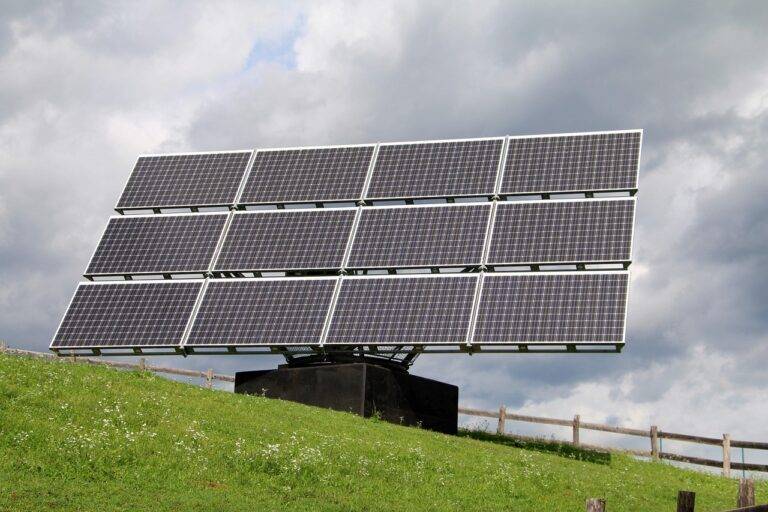Exploring the Role of AI in Wildlife Conservation Data Analysis
Wildlife conservation plays a crucial role in maintaining the delicate balance of ecosystems around the world. By protecting species and their habitats, it helps in preserving biodiversity, which is essential for the health of our planet. Every species, whether big or small, contributes to the functioning of ecosystems, and their loss can have far-reaching consequences on the environment.
Furthermore, wildlife conservation is not just about protecting animals; it also has a direct impact on human well-being. Many communities rely on wildlife for food, medicine, and other resources essential for their survival. Additionally, wildlife tourism generates significant revenue for countries and local communities, highlighting the economic importance of preserving biodiversity.
Challenges Faced in Wildlife Conservation Data Analysis
Data analysis in wildlife conservation poses unique challenges due to the complexity and variability of the data collected from diverse ecological systems. One key difficulty lies in the vast amount of unstructured data that requires careful organization and interpretation to derive meaningful insights. This process demands specialized skills and tools to handle large datasets efficiently, ensuring accurate analysis and decision-making in conservation efforts.
Additionally, the inherent limitations in data quality and availability present significant obstacles in wildlife conservation data analysis. Inaccurate or incomplete data can lead to biased results and flawed conclusions, jeopardizing the effectiveness of conservation strategies. Addressing these challenges requires robust data collection protocols, stringent quality control measures, and collaboration among researchers to enhance the reliability and relevance of the data analyzed in wildlife conservation initiatives.
Why is wildlife conservation important?
Wildlife conservation is important to ensure the preservation of our planet’s biodiversity, protect endangered species, and maintain ecological balance.
What are some challenges faced in wildlife conservation data analysis?
Some challenges include limited data availability, data quality issues, lack of standardized data collection methods, and difficulty in interpreting complex ecological data.
How can data analysis help in wildlife conservation efforts?
Data analysis can help in identifying conservation priorities, monitoring species populations, understanding habitat preferences, and evaluating the effectiveness of conservation strategies.
What steps can be taken to overcome challenges in wildlife conservation data analysis?
Steps that can be taken include improving data collection methods, investing in data management and analysis tools, promoting collaboration among researchers, and sharing data within the scientific community.





